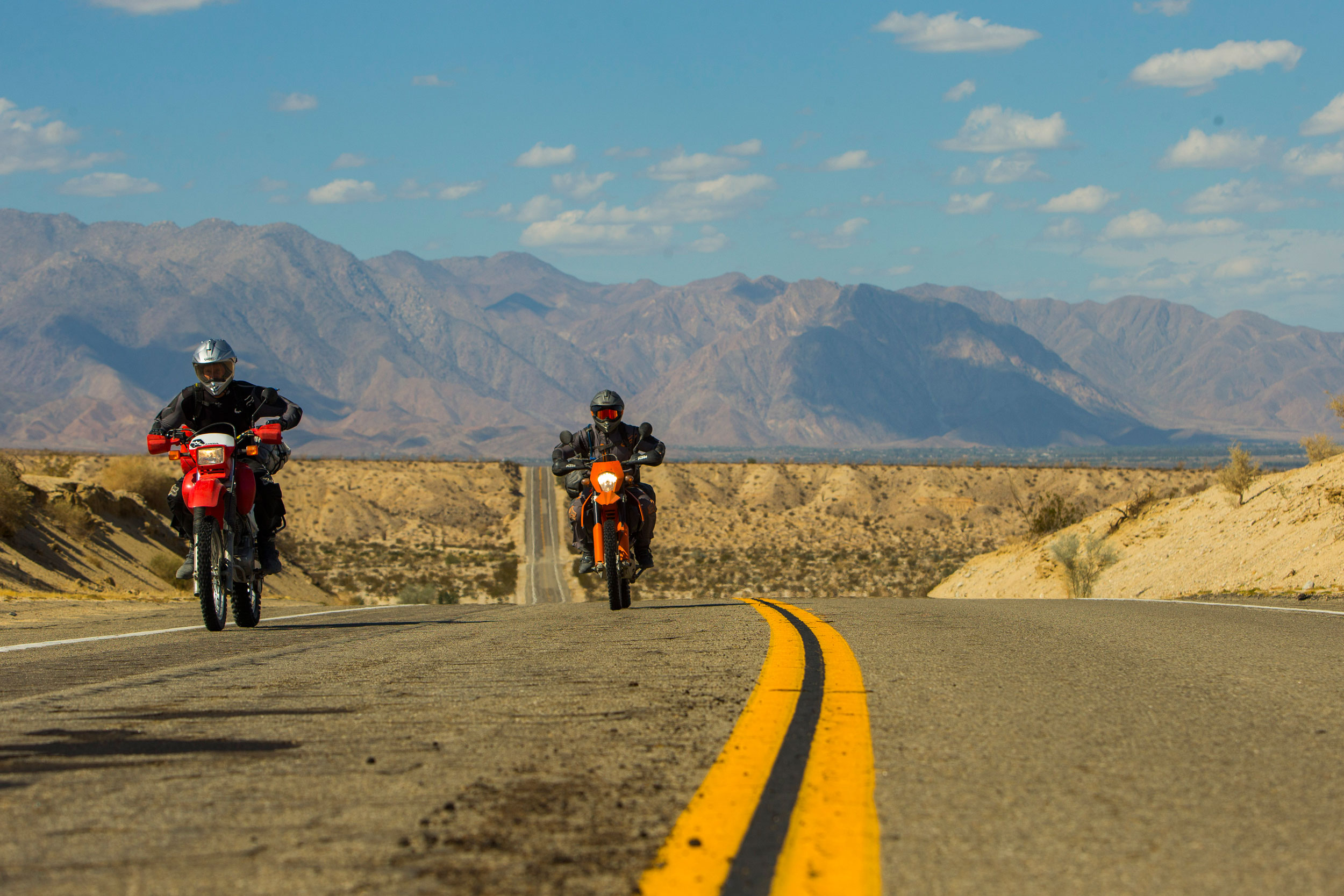American Motorcyclist March 2018
Ask The MSF
Tips For Riding In Hot Weather

Photo By Jeff Kardas
Q: What’s the best tactic for riding in hot weather (say, 90-plus degrees)? Is there a different approach for desert climates, as opposed to humid areas?
A: In a nutshell, stay hydrated and well ventilated.
Heat-related riding risks include dehydration, heat exhaustion and heatstroke.
Dehydration is the result of not drinking enough water. Symptoms include dry mouth, cramps, dizziness, and headache. Prolonged dehydration can cause kidney stones to form – an extremely painful condition. Dehydration combined with high ambient temperatures can lead to heat exhaustion.
Heat exhaustion adds weakness and confusion to the list of symptoms. Like other kinds of impairment, one danger of heat exhaustion is the effects may come on so gradually that you won’t notice your loss of concentration, increased reaction time, or other effects.
Heat exhaustion that is not promptly remedied can turn into heatstroke, a life-threatening condition that occurs when your core body temperature reaches 104 degrees. Heatstroke can damage your brain and other vital organs, and can lead to death.
Some protective actions include drinking plenty of fluids (do not wait until you’re thirsty) and wearing ventilated/perforated riding gear. Note that all liquids are not equal when it comes to preventing dehydration. Drinks high in sodium and caffeine tend to worsen dehydration.
Ventilated/perforated riding gear will help keep you cool. You can also dampen your clothes to increase evaporation and fight the heat.
While the breeze might feel good while your bike is in motion, an extremely hot, dry breeze will not remove excess heat from your body. Humid air can be worse, because the moisture in the air prevents it from absorbing the sweat on your skin. Taking frequent breaks, especially in shade, should help.
If the heat is accompanied by direct sunlight, wear sunglasses or a tinted face shield to help protect your eyes, and apply sunscreen to your face and any other exposed skin—of which there should be very little if you’re wearing proper riding gear.
